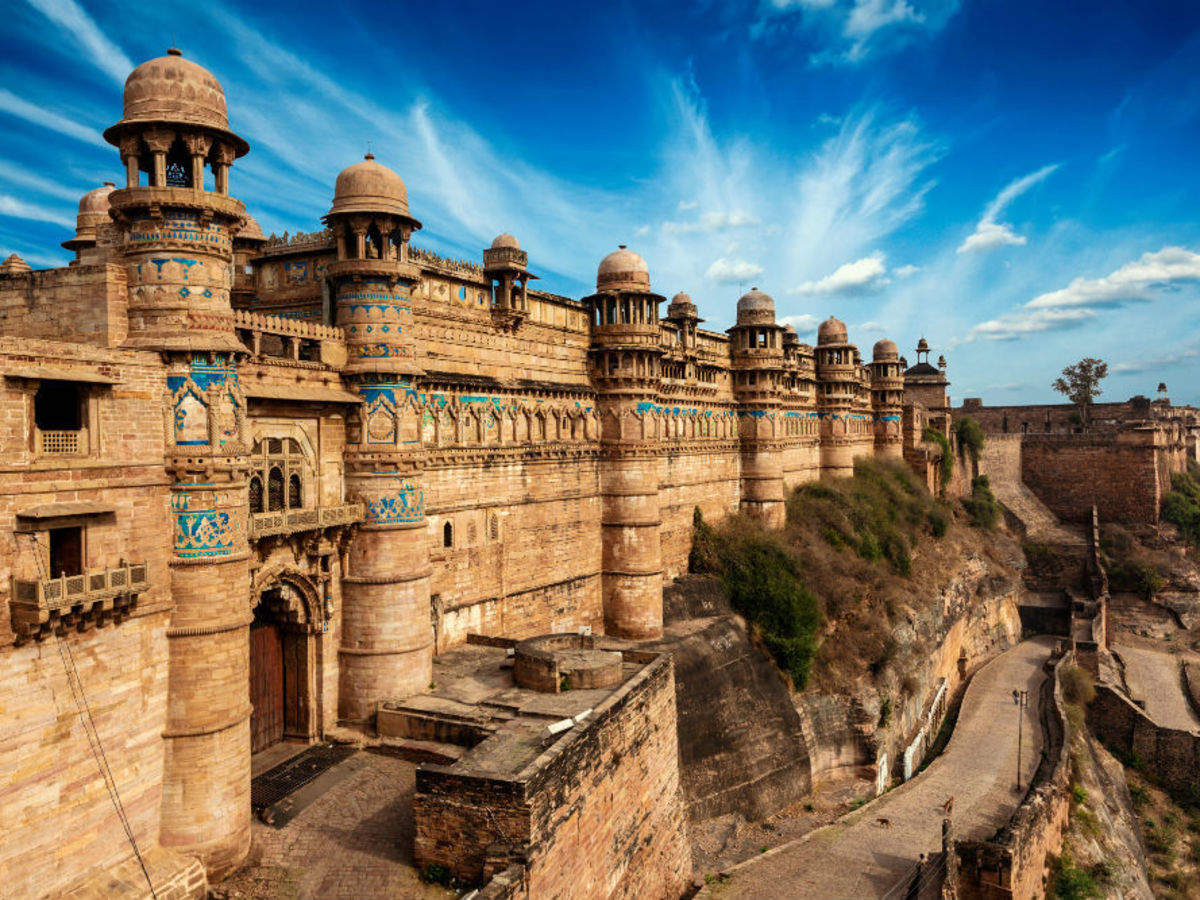GWALIOR FORT : THE STORY YOU DON’T KNOW

Gwalior was the capital of Central India and given the shape of the district when Central India merged with Madhya Pradesh. It would be interesting to note that the city was named after a famous Gwalior fort and the name of this fort came from the name of hills. The flat summit mountain was called Gopachal, Gopagiri, GopParvat, or Gopadri and the name Gwalior coined from it.

The history of Gwalior is especially worthy of our attention because of the monuments of freedom fighters like Tatya Tope and the indomitable queen of Jhansi.
The beauty of the place is so deeply ingrained in the minds of the people that they cannot easily themselves get rid of them.
Regional people believe that there is a gateway or channel in Gwalior fort which directly opens in Delhi. However, it’s been closed years ago when the houses were constructed and development took place. The route was blocked by the houses and it demolished the entire pathway.
In the present scenario, technology plays a crucial role and we wonder how the people at that time contact with each other or do they travel long distances to see the person whom they want to have a talk about?
Inside the Gwalior Fort, a hole is present which is connected to the hole in another room. Local people believe this was the medium of connecting with the person in a different area.

Shreds of evidence have confirmed that the fort which is placed among the best fortress of India was having tight security to deal with the enemies. Inside the fort, intelligence passages were present to leave the place during an emergency. So it is considered as one of the most impenetrable forts in the country.

According to historians, there isn’t any concrete proof of when the fort was constructed. Local legend tells us that it was built by a local king Suraj Sen in 3 CE. A saint named Gwalipa came to met the king, who was suffering from leprosy. Gwalipa offered him some water from the sacred pond(which now called SurajKund and is in the fort complex), he became healthy again.
Sage-siantgwalipa cured Surajsen who was suffering from a fatal disease and in gratitude for that event, he established the city under his own name.
Being a place with no religious sectarianism, this place has Jain temples which form unique monuments inside the fort. Architecturally Telikamandir which is built by Gujara-Pratiharas in 9th century is a rich Hindu temple here. Gurudwara Data BandiChhor is another holy place inside the fort’s complex, and it was where Sikh Guru Hargovind sahib was kept as a captive by Mughal Emperor Jahangir.
This place with its mesmerizing beauty, also captured with full of love in the air as Maan Singh(captured fort in 1398) was the last and disguised Tomar ruler, he built a separate palace for his wife Mrignayani named Gujari Mahal and is now state archaeological museum. Maan Singh is defeated by Ibrahim Lodhi in 1516.
Ankita Sharma

